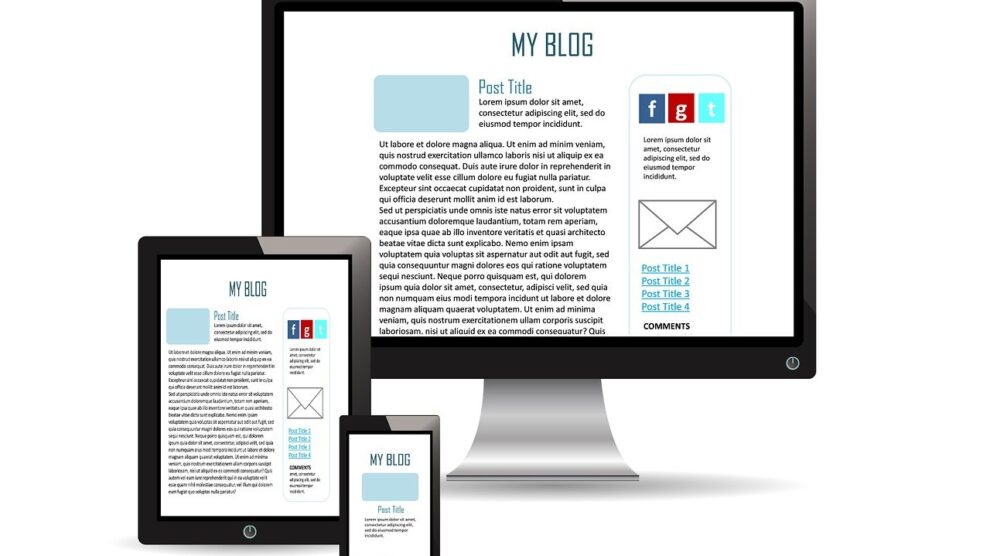As a content marketer, you need to scale your content depending on the amount of work and demands of a client. But you also need to deliver top-shelf quality.
Anything that falls short won’t fit the bill. Your clients expect you to turn a decent profit and increase their website traffic.
And for that, you need content that has a solid structure and oozes professionalism and authority.
Here’s where outlines come in. They’ll help your writers stay on track and improve their writing.
So, buckle up! This article will teach you how to write a stellar blog post outline.
Why are Blog Post Outlines Necessary?
Not outlining your content could be holding your content team back without you even knowing. The ill-famed writer’s block and a drop in productivity could be ascribed to a lack of planning and direction. Or in other words, lack of an outline.
And as you know, a decline in your writers’ productivity can lead to not meeting your clients’ KPIs. And this means dollars out of your pocket.
Producing a consistent flow of quality content has nothing to do with extraordinary talent and everything to do with good planning and organization.
“Great blog posts don’t just happen. Even the best bloggers need a rough idea to keep them on-track. This is where outlines come in.
An outline doesn’t need to be lengthy, or even detailed – it’s just a rough guide to make sure you don’t ramble on and on about something tangential to your topic.” Source: Wordstream.com
What pre-race preparation is to an athlete, an outline is to a writer. You can’t show up at the starting line without one.
An outline is a synopsis of sorts that a writer uses to think up the major topics and subtopics. Then fills in the supporting details.
Essentially, a good outline will help you:
- Save time. It’ll help you organize your thoughts so you don’t have to make bazillions of edits down the line.
- Simplify your writing process. Once you have the basic structure, your writing will come down to filling in the missing details.
- Create better content. Thinking through your key points will enable you to create top-shelf content.
Kick-Start Your Article Outline: Use the Big Idea
There are many paths a writer can take to create a great piece of content. But tracing the right path doesn’t come without its challenges.
If you’ve ever written an article before, odds are you’re no stranger to getting lost in your topic.
So, your best bet is to tame your thoughts into one big idea that you’ll use as a starting point for your writing.
The big idea is the focal point of your entire article and a key concept on which you base your article heading. Once you have your big idea figured out, you break it down into key points. This is the skeleton of your writing.
Now, all you need to do is arrange those key points into a logical sequence and add some meat to it. You want to add some visual appeal to that ‘skeleton’ of yours.
Define Your and Your Reader’s Intent
Now, before coming up with any more ideas for your blog post outline, you’ll want to take a moment to check up on your reasons for writing a given post.
What do you intend to achieve with it? Do you have a specific angle on the topic? Who’s your target audience? What is their intent as they type their search query into the search engine?
Answer these questions and make sure to note them down. This will keep you on course with your content marketing goals for each client. These are just a few potential paths you can take. You might want to:
- Create a sales pitch for your product.
- Raise brand awareness.
- Educate your audience about an issue they might have.
- Strike up a discussion on a given topic (in the blog comment section).
Knowing this, you can set out to create content that will take your readers right where you want them to be.
Start Off With a Few Ideas off the Top of Your Head
Jotting down a few initial ideas off the top of your head will help you get started with your blog post outline. Start off with what you’re already familiar with and then you can build from there.
This can be anything from hard facts you’ve recently uncovered to a unique angle you want to explore in a given blog post. You can also make use of mind-mapping to weave in ideas around your central topic.
So, for example, for the present post on blog post outlines, this is something we might have written:
- Save time and organize your writing
- Train your thought process
- Get past your writer’s block
- Create better content
Explore Potential Directions of Your Blog Post Outline
Some of the best content out there is written with the reader in mind, which is exactly why it is the best. So, when outlining your blog post, you want to put yourself in your readers’ shoes. And this is what the next outlining step is all about.
Once you’re in this place of common ground with your reader, you can anticipate any questions they might have.
Here are some questions to help illustrate this:
- How long does it take to write an outline?
- What do blog experts say about outlines?
- What are stellar examples of outlines?
When coming up with the questions, keep in mind that you want your blog post to be useful and informative to your reader.
The more informative your advertising, the more persuasive it will be. – David Ogilvy
So, if you want to bust through the digital noise, make sure you teach your writers to create useful content. Your content will attract the audience only if it targets their specific problems.
Arrange Your Ideas under Meaningful Headings
Now that you’re off to a good start with your list of ideas, it’s time to tidy them up and inject some order into your outline.
Take a look at what you’ve scribbled so far and come up with meaningful headings that will help you arrange your ideas into groupings.
For example, for our topic on writing outlines, we could have come up with the following heading ideas:
- Why are blog post outlines necessary?
- How to write well-outlined blog articles
- Examples of good practice
This step will help you work with your ideas further. The sections you came up with provide a good scaffolding for your article. You’ll decide whether a section stays or goes by checking if it’s a good match with your big idea and your user intent.
Edit Your Outline so It Creates a Logical Flow
In the final mop-up, you want to edit your ideas so they fit into a logical flow. After you’ve put in all the elbow grease in your outlining process, the piece will lend itself to writing easily.
You’ll have a roadmap that will help you structure the post so that the CTA feels like a solution to your reader.
Your ideas will flow naturally from your Big Idea to whatever is your initial intent in the article. Perhaps you want to get your audience to subscribe to a newsletter. Or you want them to engage in a conversation or even buy a product.
Outlining will help you take your reader to a place of understanding. Once they’ve reached that point, they’ll be ready to perform the desired action.
The Bottom Line
Writing a stellar blog post outline is part of an industry-relevant skill set. It’s what your writers need to be able to create magic with their articles.
So, always instruct your writers to put their blog post outline front and center. Remember, this is a key differentiator for their final outcomes.
When you know what makes your audience tick, all you need is a little structure and you’re a short distance to creating stellar content that converts.





